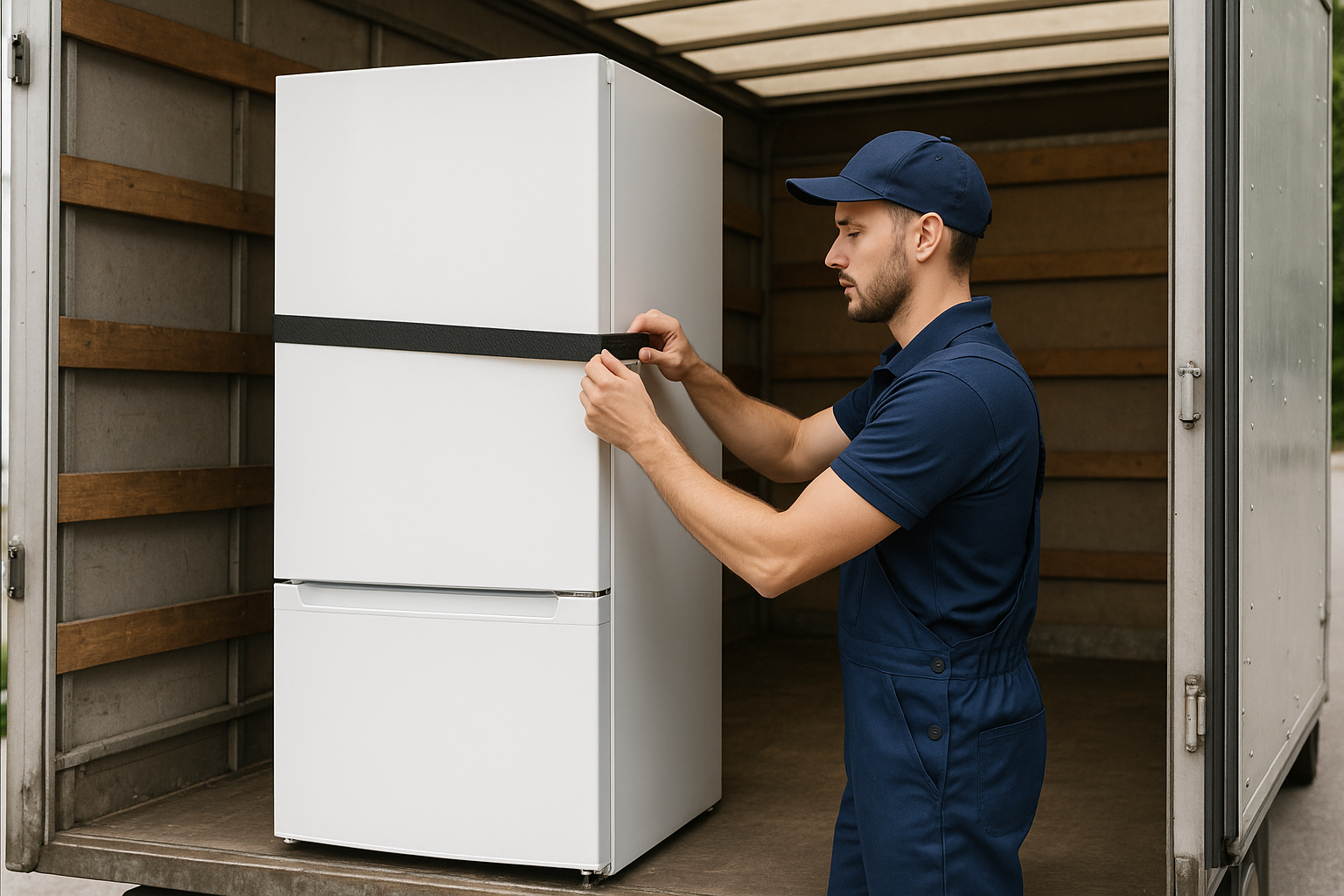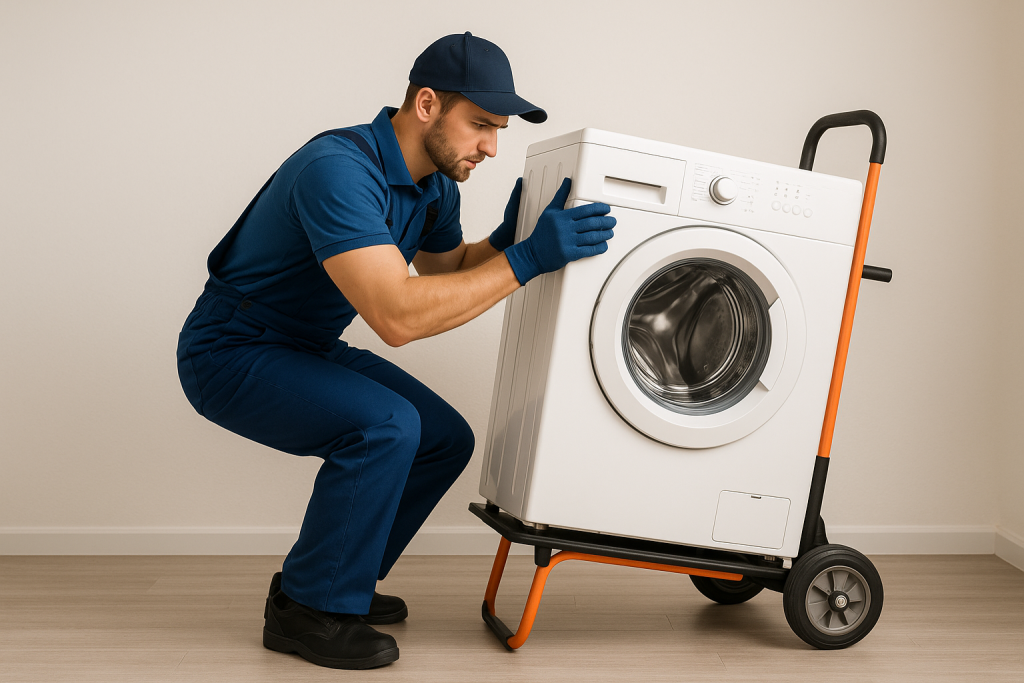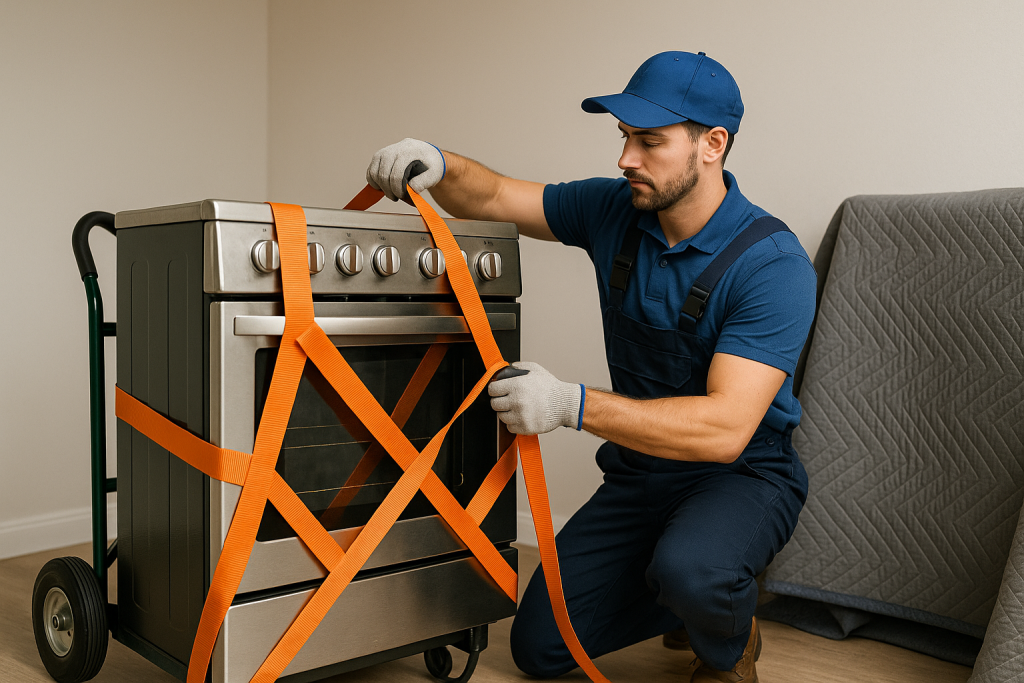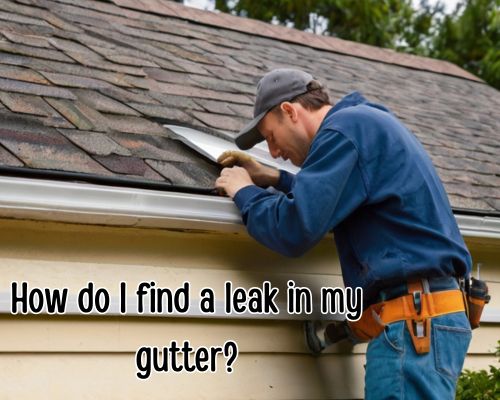How Much Does It Cost to Put Gutters on a 2000 Square Foot Home in West Palm Beach, Florida?
When homeowners in West Palm Beach, Florida consider home improvement projects that protect both structural integrity and curb appeal, gutter installation ranks high on the list. Especially in a coastal city like West Palm Beach, where tropical rains and hurricane season can put stress on roofing systems, having well-functioning gutters is crucial. But the pressing question remains: How much does it cost to put gutters on a 2000 square foot home?

This article breaks down the costs, key factors, and local considerations that influence gutter installation pricing in West Palm Beach—ensuring you get value and protection for your investment.
Average Gutter Installation Cost in West Palm Beach
As of 2025, the average cost to install gutters on a 2000 square foot home in West Palm Beach ranges between $1,500 and $3,500, depending on the material, style, and complexity of the job.
However, prices can vary significantly based on factors such as:
- Type of gutter material (aluminum, vinyl, copper, steel)
- Seamless vs. sectional gutters
- Gutter guard systems
- Labor rates in Palm Beach County (see gutter professionals)
- Home architecture and roofline complexity
Let’s break down each of these for a clearer understanding.
Gutter Material Costs: What’s Popular in South Florida?
Choosing the right material is one of the biggest pricing variables. Here’s how materials compare:
1. Aluminum Gutters (Most Common in Florida)
- Cost: $6–$12 per linear foot installed
- Why West Palm Beach homeowners prefer it: Lightweight, rust-resistant, and handles humid weather well.
- Total estimate for a 2000 sq ft home: ~$1,800–$2,500
2. Vinyl Gutters
- Cost: $3–$6 per linear foot
- Pros: Budget-friendly and DIY-friendly
- Cons: Less durable in intense sun and heavy rain—both frequent in the Palm Beach area.
3. Copper Gutters
- Cost: $20–$40 per linear foot
- Best for: High-end or historic homes in Old Northwood or El Cid neighborhoods
- Note: Adds character but comes with a hefty price tag. Full installation may cost $8,000+.
4. Galvanized Steel
- Cost: $8–$10 per linear foot
- Downside: Tends to rust faster in coastal climates like West Palm Beach.
Seamless Gutters vs. Sectional: What’s Worth the Investment?
In Florida’s storm-prone environment, seamless gutters are becoming the preferred choice.
- Seamless Gutters
- Custom-fitted to the home
- Fewer leak points
- Better aesthetic
- Cost: $8–$15 per linear foot
- Local trend: Popular in newer developments like Abacoa and Andros Isle
- Sectional Gutters
- Prefabricated sections joined on-site
- More likely to leak over time
- Cost: $4–$7 per linear foot
How Many Linear Feet of Gutter Does a 2000 Sq Ft Home Need?
While home size gives a general reference, the actual linear footage of gutters depends on the roofline, eaves, and home layout.
For a typical 2000 square foot home, you’re looking at 120 to 200 linear feet of gutters.
- Simple roofline: closer to 120 ft
- Complex, multi-slope rooflines (like those found in gated communities in West Palm Beach): up to 200 ft
Multiply this by your chosen material and you’ll have a rough estimate.
Gutter Guards: Optional or Essential in West Palm Beach?
In areas with heavy tree cover—such as Flamingo Park or near Dreher Park—gutter guards are a smart addition. They reduce debris buildup and extend the lifespan of your system.
- Cost: $7–$15 per linear foot
- Benefits: Minimize clogs, reduce maintenance, and protect during hurricane season
Adding guards can increase your project total by $800–$2,000, but they pay off in fewer cleanings and longer system life.
Labor Costs & Local Installer Rates in West Palm Beach
West Palm Beach has a healthy market of licensed roofing and gutter professionals. Labor rates are influenced by demand, licensing, and proximity to seasonal weather conditions.
- Licensed installers in West Palm Beach typically charge:
- $2–$5 per linear foot for labor alone
- Additional fees for second-story homes or complex scaffolding
It’s always wise to get at least three quotes from local contractors. Reputable companies in the area often offer warranties and maintenance packages, especially in HOA-managed communities.
Permits and Local Codes: Don’t Skip This
Depending on your municipality within Palm Beach County, gutter installation may require a permit, especially if it’s part of a roofing project or affects drainage.
- Permit cost: Usually between $100–$250
- Check with: Palm Beach County Building Division or a licensed contractor familiar with West Palm zoning codes
Seasonal Considerations in South Florida
Unlike northern climates, South Florida has a wet season (May–October). Installing gutters before hurricane season is ideal. Many homeowners schedule their installations in early spring or late winter to avoid delays and take advantage of off-season pricing.
Bonus Tip: Some West Palm Beach gutter companies offer seasonal discounts or package deals with roof inspections or fascia repairs.
Hidden Costs to Consider
Some expenses might sneak up if you’re not prepared:
- Old gutter removal: $100–$300
- Fascia board repairs: $200–$600
- Downspout extensions: $5–$10 per foot
- Custom color matching or architectural styling: Additional 10–20%
Is It Worth It?
Absolutely. Installing quality gutters in a city like West Palm Beach, where tropical storms, heavy rains, and humidity are common, is an investment in home longevity. Poor drainage can lead to:
- Foundation damage
- Roof leaks
- Landscaping erosion
- Mold and mildew buildup
Well-installed gutters protect your property value, especially if you plan to sell in a hot market like South Florida’s Treasure Coast.
Final Cost Summary for a 2000 Sq Ft Home in West Palm Beach
| Feature | Low Estimate | High Estimate |
|---|---|---|
| Material + Labor | $1,500 | $3,500 |
| Gutter Guards | $800 | $2,000 |
| Permits + Misc | $100 | $600 |
| Total | $2,400 | $6,100 |
Final Thoughts: Choose Smart, Not Just Cheap
When evaluating how much it costs to put gutters on a 2000 square foot home in West Palm Beach, think beyond just dollar signs. The right choice balances budget, durability, and local climate resilience.
To get the best results:
- Choose reputable West Palm Beach gutter installers
- Ask about warranties and storm-resistant materials
- Plan ahead of hurricane season
Your gutters are more than a drainage system—they’re a silent protector of your home’s foundation and value. Invest wisely and sleep dry.




